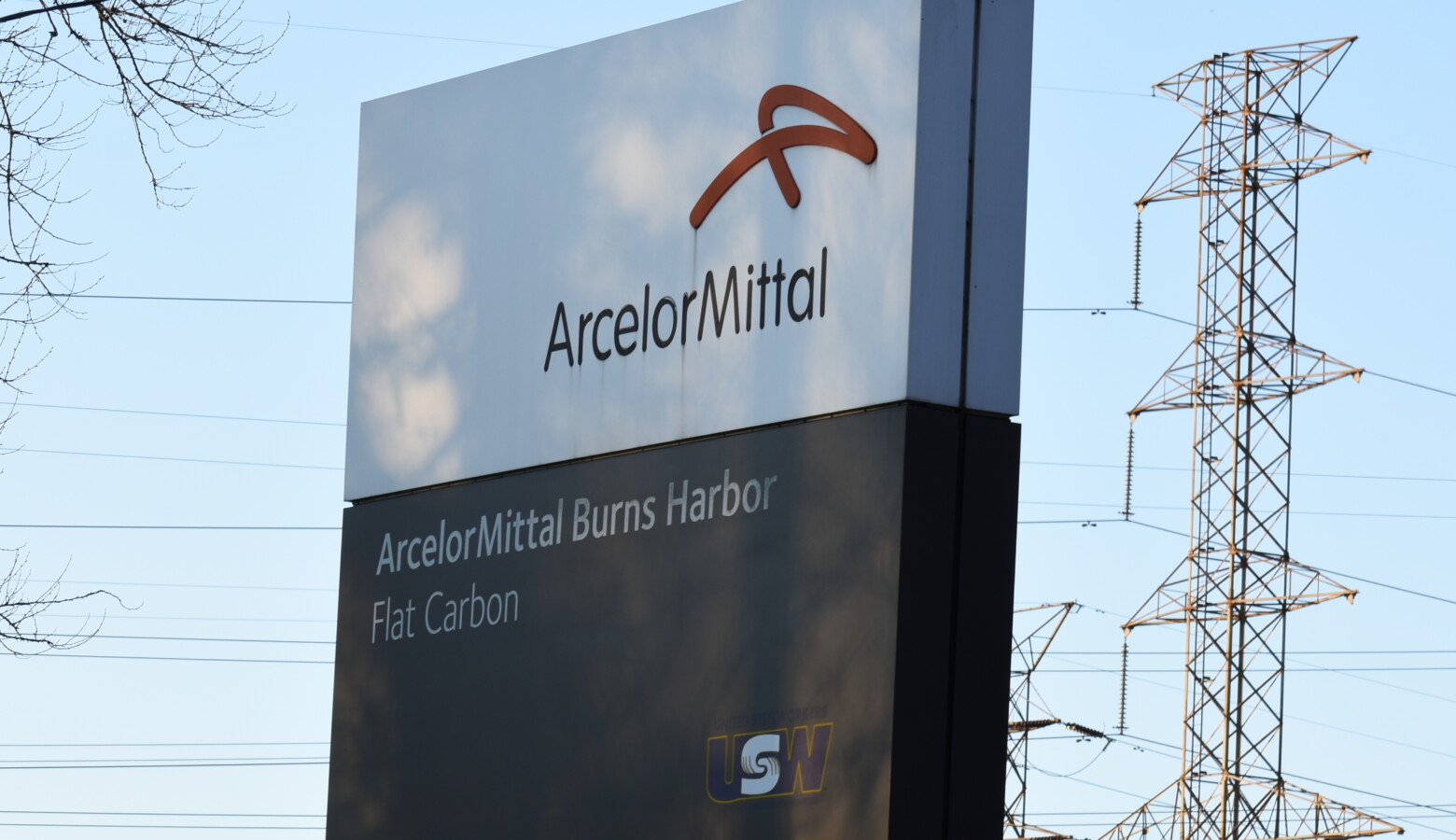ELPC: New Violations Show ArcelorMittal Hasn’t Solved Its Problems

It’s been one year since a northwest Indiana steel facility’s spill into a Lake Michigan waterway — which killed about 3,000 fish and forced beaches to close temporarily. The Environmental Law & Policy Center said ArcelorMittal’s pollution violations haven’t stopped in 2020.
The ELPC identified at least 15 times this summer where ArcelorMittal discharged more pollutants into the water than its permit allows.
Most of that was ammonia, one of the two chemicals involved in last year’s spill. ELPC staff attorney Jeffrey Hammons said ammonia can make it difficult for fish and other aquatic life to breathe.
“So they’ve made some changes at the plant, but as the recurrence of these ammonia violations show — the problem has not been solved,” he said.
Hammons said a combination of chemicals discharged from ArcelorMittal has also harmed water fleas near the facility.
ELPC staff attorney Kiana Courtney said residents in northwest Indiana should be aware that ArcelorMittal continues to violate its permit limits.
“It’s important that people know what different operators are adding to the water that we enjoy,” she said.
The ELPC filed a lawsuit against ArcelorMittal in December, saying that the company needs to be held accountable for more than 100 alleged permit violations since 2016.
In an email statement, an ArcelorMittal spokesperson said the Burns Harbor facility does daily monitoring for ammonia and other pollutants:
“We continue to work closely with IDEM and US EPA to investigate and understand the recently reported elevated levels so that any appropriate actions can be identified and implemented,” it read.
This story has been updated.
Contact reporter Rebecca at rthiele@iu.edu or follow her on Twitter at @beckythiele.
Indiana Environmental reporting is supported by the Environmental Resilience Institute, an Indiana University Grand Challenge project developing Indiana-specific projections and informed responses to problems of environmental change.

